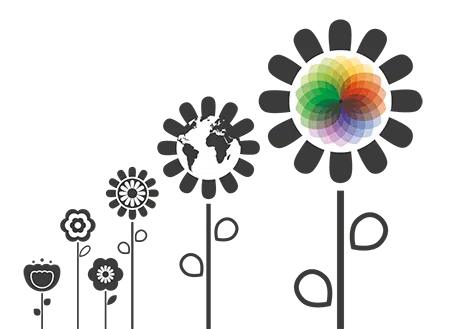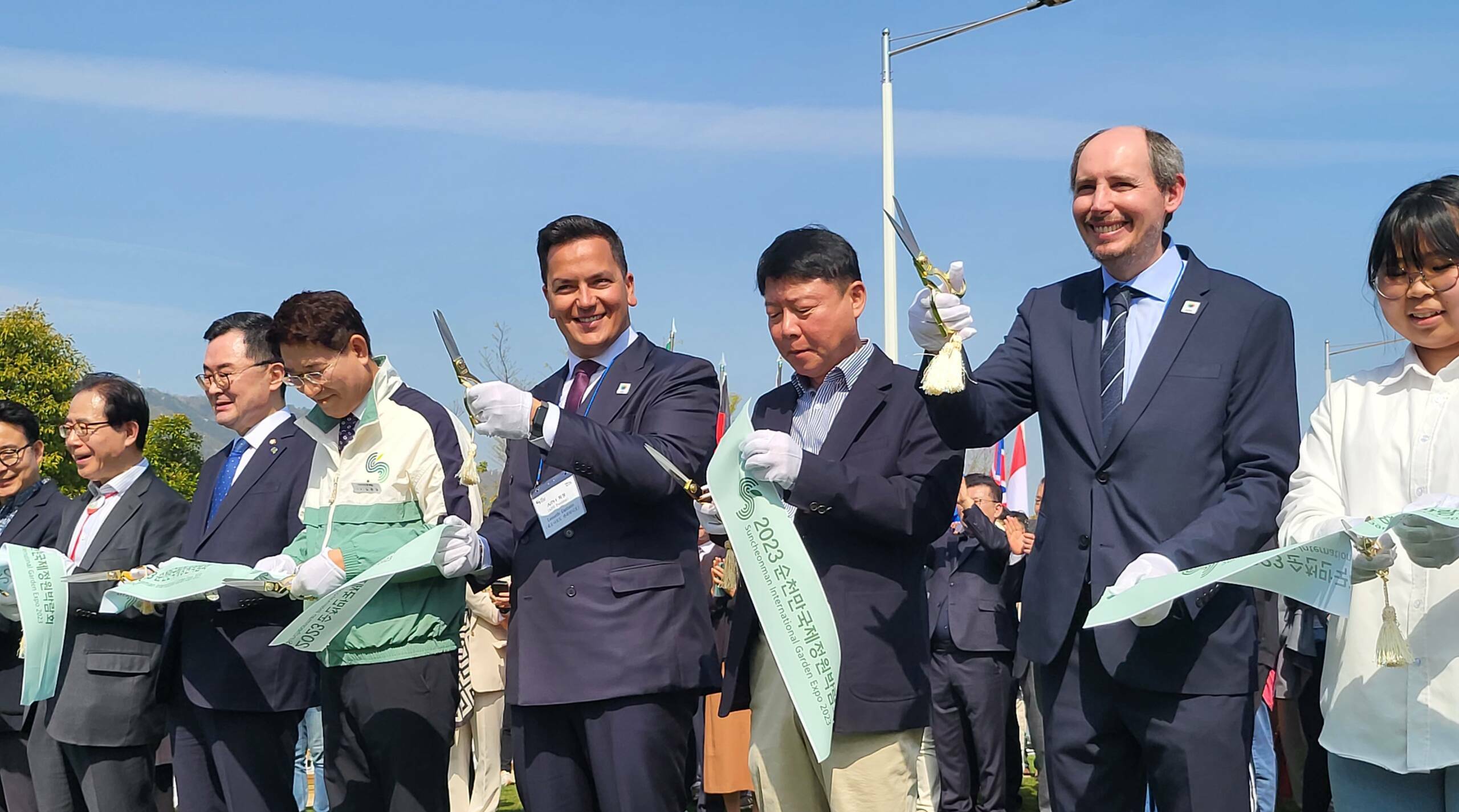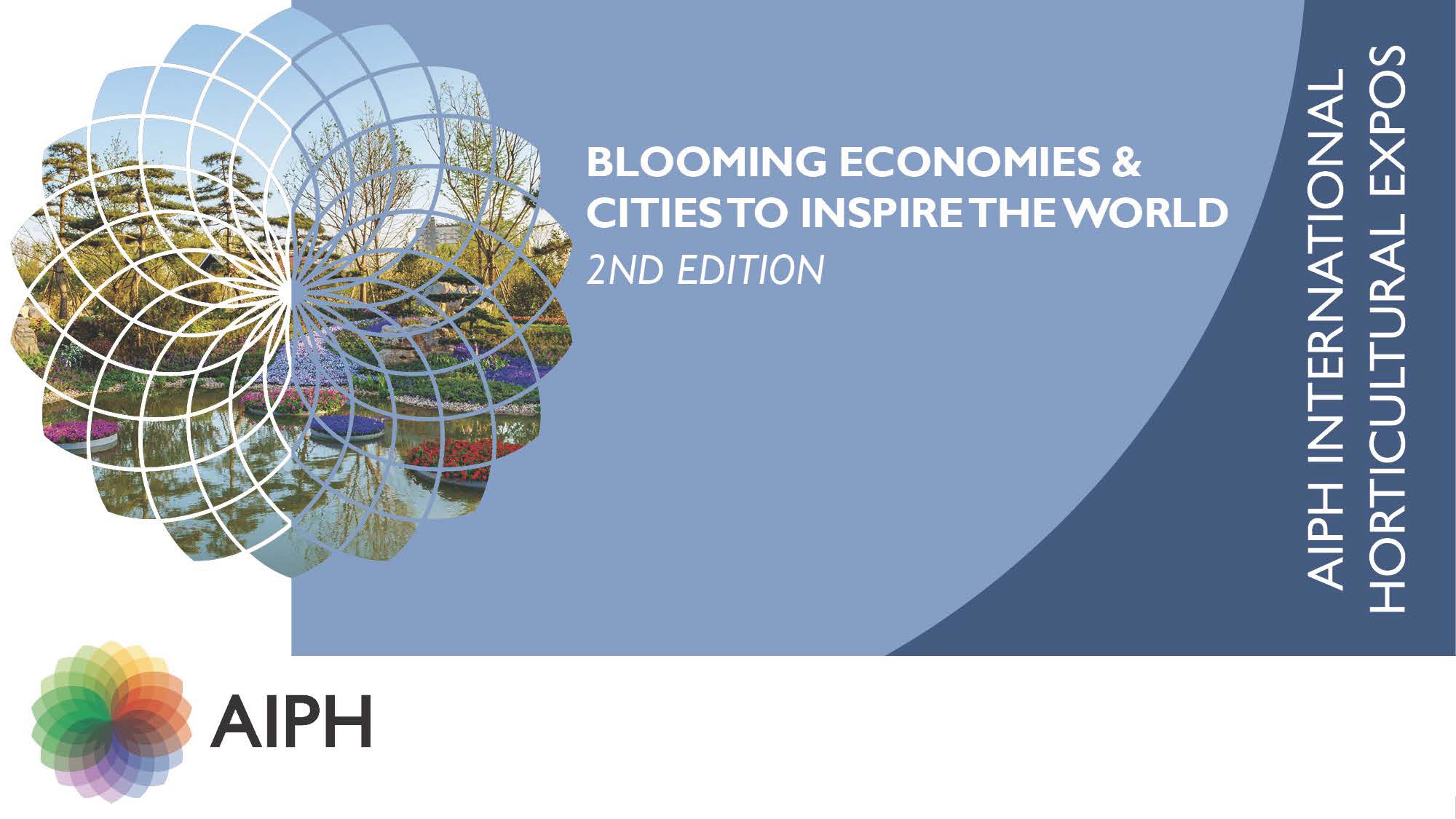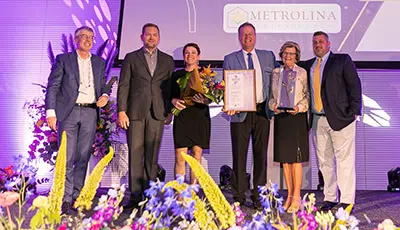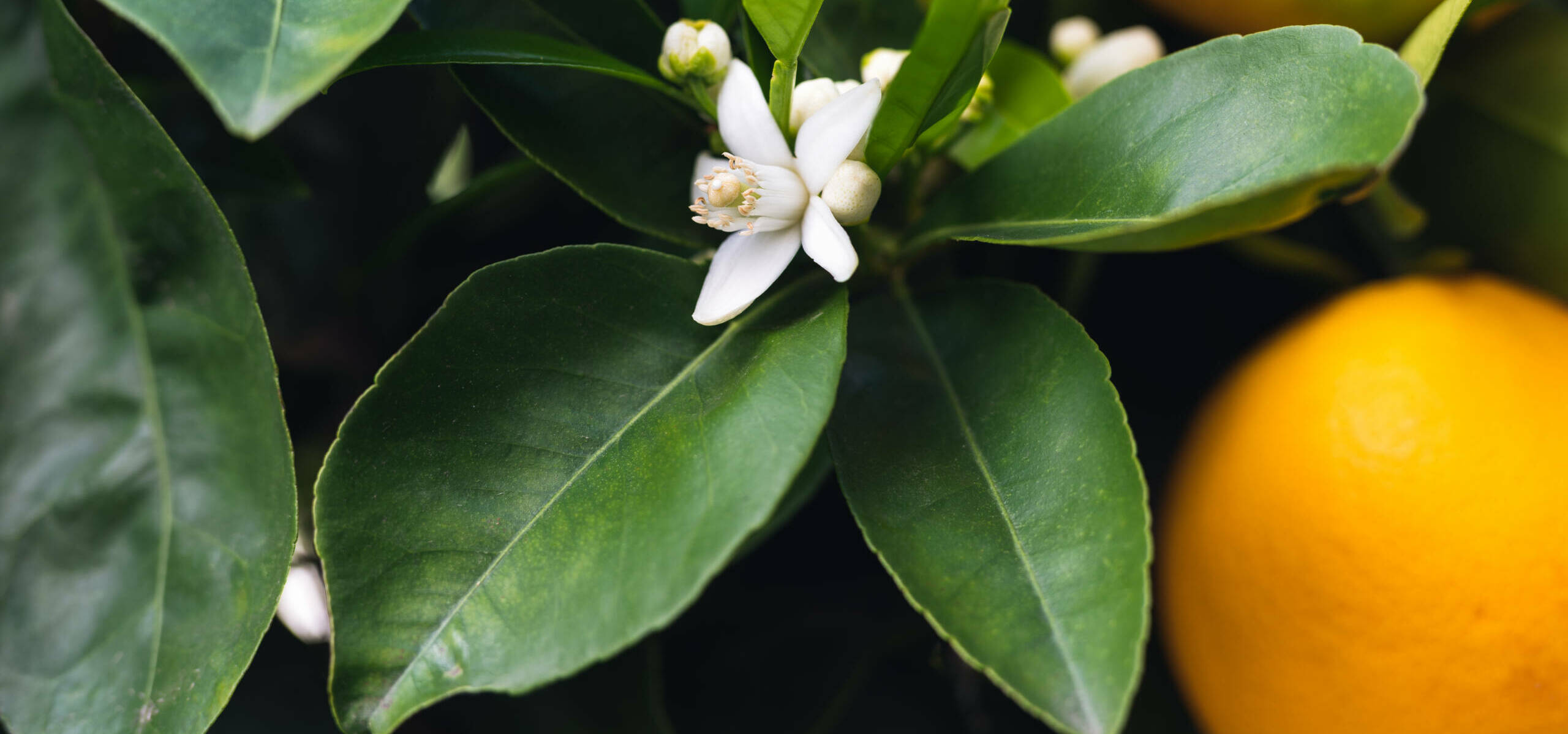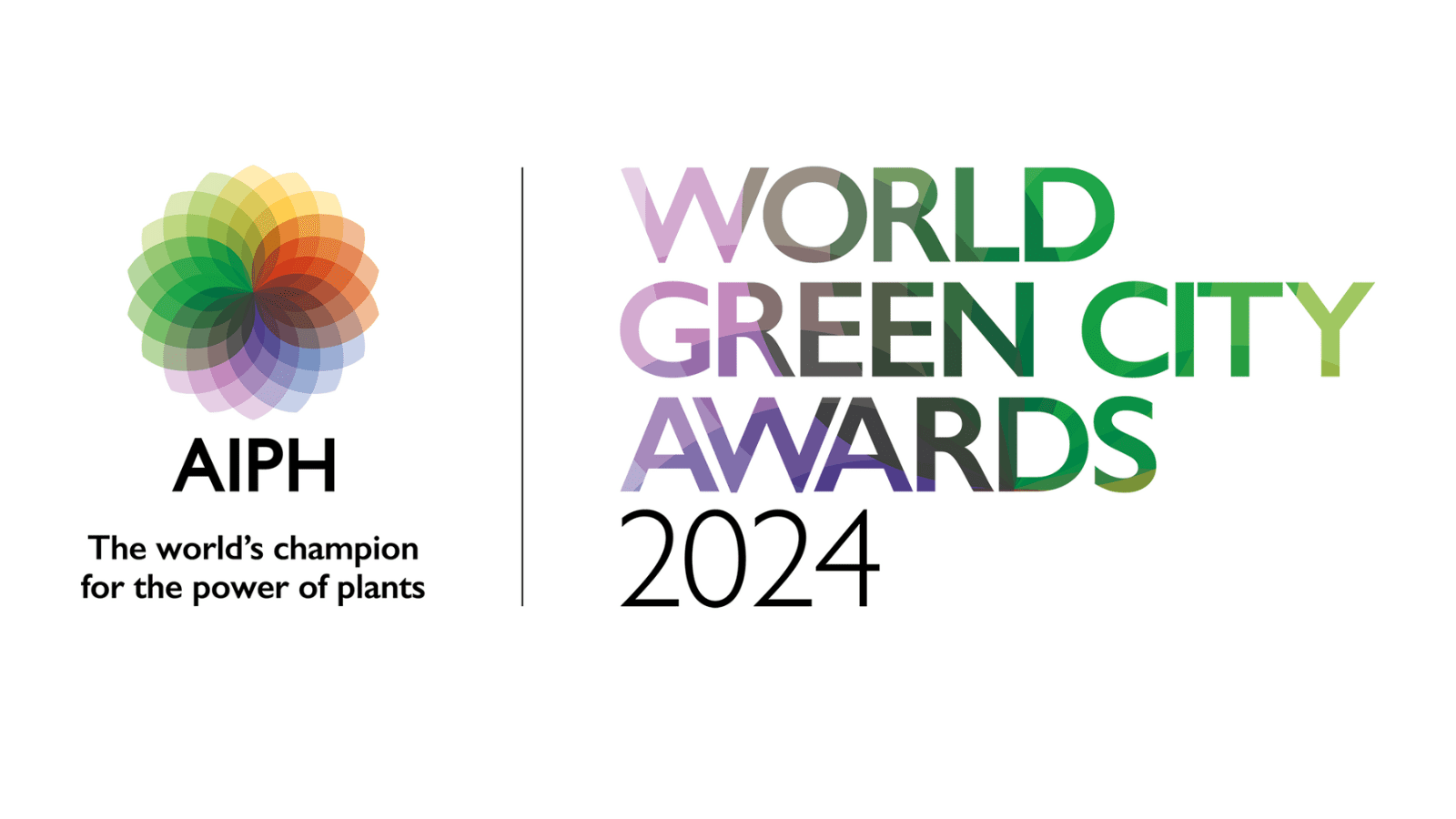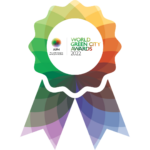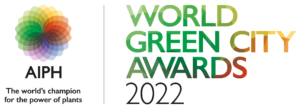Addressing the urban challenge
Breadth of the issue – How are the problem(s) that are being tackled by your initiative affecting citizens/local businesses or a significant component of the local wildlife?
Alien Invasive Plants (AIPs) represent a danger to biological diversity and water security, biological functioning and the productive use of land. They increase soil erosion and heighten fire and flood impacts. AIPs divert amounts of water from productive uses. The following are impacts:
- Impact on water security – AIPs threaten indigenous plants by utilizing more resources. An estimated 1.44 billion m³ of water is lost to AIPs – enough to provide 3.38 million households with water for a year or irrigate 120 000 hectares of cropland. Alien trees and shrubs increase above-ground biomass and evapotranspiration, decreasing surface water runoff and groundwater recharge.
- Degradation of ecosystems – Forests, grasslands, wetlands, and lakes are ecosystems that provide many services and benefits to the economy, society, and the environment. These ecosystems provide shelter and food for wildlife, remove pollutants from air and water, produce oxygen through photosynthesis and provide valuable recreational and educational opportunities. AIPs impact species diversity and species richness by competing for resources such a slight, moisture and soil nutrients that indigenous plants require to grow. Changes in species composition may affect wildlife that is adapted to indigenous plant communities.
- Socio-economic – AIPs have a large economic impact on individual landowners.
- Interference with Agriculture – AIPs can have a negative impact on the agricultural industry by being hosts for new or existing crop diseases and crop pests; they can reduce crop yields and require increased use of pesticides increasing costs. There is an estimated 13500 hectares of AIPs in the catchment.
Depth of the issue – How seriously are the problems being tackled by your initiative impacting the life of the citizens/businesses/wildlife concerned?
The city of uMhlathuze is committed to offering its citizens a better quality of life through sustainable and inclusive economic growth (uMhlathuze IDP, 2021-2022). The uMhlathuze catchment has been a priority, stressed catchment for a number of years because of the high demand for water from growing settlements and industrial sectors. Because of the drought that occurred, it aggravated the water scarcity situation and triggered an accelerated response from government and partly the private sector in terms of developing solutions to curb the impact of the drought and ensure continued economic growth.
Invasive alien plants have severe consequences on the environment (Mosai, 2004). When alien plants are introduced into an ecosystem they grow prolifically, and threaten indigenous plants by using more resources, in particular water, which ultimately depletes soil moisture and reduces groundwater recharge, affecting the flow of water in rivers and streams (uWaSP, 2019). Farmers whose crops are invaded by alien species face the problem of having their crops not growing and end up losing their crops because of these alien plants as they compete with the crops for resources, particularly water.
The power of plants and natural ecosystems to deliver benefits
How is the initiative shaped by scientific evidence of the potential for plants and natural ecosystems to deliver benefits?
In 2017 uMhlathuze Municipality entered into a Memorandum of Understanding (MoU) with the International Water Stewardship Programme (IWaSP), and the National Business Initiative (NBI) which represents the UWaSP. The purpose was for the City, GIZ-IWaSP and NBI to formally collaborate on water projects and to provide a formal mechanism for the organizations to do so. The parties to the partnership agreed to identify upstream and downstream interventions that would ensure water availability for residential and industrial use and also securing sustainable livelihoods and environmental integrity of key ecosystems.
One of the interventions related to invasive alien plants along the uMhlathuze catchment. In 2018 the city of uMhlathuze entered into an MoU with the KwaZulu Natal Department of Economic Development, Tourism and Environmental Affairs (EDTEA) for alien plants clearing called the uMhlathuze Alien Plant Clearing Project for the clearing of invasive alien plants in the uMhlathuze. This has both socio-economic and environmental benefits. Through this project, jobs were created for the disadvantaged communities through the Expanded Public Works Programme (EPWP). The implementation model involves a labour-intensive strategy aiding achievement of EPWP targets and responding to the mandate of environmental management.
Alien Invasive Plants (AIPs) grow prolifically, threatening indigenous plants. They utilize more resources to grow, in particular water that depletes soil moisture and reduces groundwater recharge, and streamflow. The eradication of AIPs can lead to significant increases in water available for other uses and offer an alternative for traditional engineering solutions such as the construction of reservoirs and dams.
How has the city exploited the potential of plants and associated ecosystems to deliver more than one benefit?
Invasive aliens include aquatic weeds such as Water Hyacinth, and trees such as Eucalyptus and Wattle. When introduced into foreign habitats they cause damage. The Alien and Invasive Species Regulations of the National Environmental Management: Biodiversity Act, 10 of 2004 (NEMBA) regulates all invasive organisms in South Africa and categorizes invasive plant species, these categories of AIPs need to be controlled or removed from areas where they may cause harm to the environment or where they are prohibited (UWaSP, 2019). In South Africa there is a total of 383 invasive plant species which are listed in the NEMBA.
The clearing and management of alien plants has both socio-economic and environmental benefits which include restoration of the area’s biodiversity. This improves the conservation of natural resources which also improves the ability of land productivity. Eradication of alien plants was initiated in 2005 through partnership from the Department of Agriculture and Environmental Affairs, together with the city. Between 2005 and 2018, there was about 2000 hectares of land that had been cleared making it imperative to maintain and to keep these areas cleared and free from re-infestation. This makes projects such as these critical for ensuring that water resources maintain their ecosystem functions, and ultimately benefit their local communities. Some of the cleared land is being farmed and water courses have been cleared from the threat of high-water consumption aliens, and thus improving the level of water table in the area.
Innovative and Collaborative Solution
How does the initiative show evidence of feasibility, including on-going financial and logistical support?
EDTEA that is reliant of support at local, i.e., municipal level, has in place Guidelines for the Implementation of Project Advisory Committees. Various control measures, based on sound project and programme management principles, are adhered to that contribute to ensuring financial and logistical support. Reference is also made to the EDTEA guidelines, norms and standards document.
Financial support for the process is the outcome of efforts from the uWASP that resulted in the EDTEA allocating R2 000 000 for the alien invasive programme over a period of years. The relevant MOU is attached for reference.
Whereas the MOU is evidence of government support, very important private sector support is evident from Mondi. Government and private sector partnerships are key for feasibility and form the evidence both spheres support the process.
This programme is expected to create 164 job opportunities for local residence living in close proximity to the prioritized/identified areas. The Invasive Alien Species Programme (IASP) is implemented following a labour-intensive model which is informed by the National Expanded Public Works (EPWP) guidelines. Local resident’s involvement, training and support for a process are also critical for feasibility.
Furthermore, operational factors in the control programme for alien weeds and invader vegetation are adding to the feasibility as the following procedure is followed; (1) Initial control to reduce existing populations, (2) Follow-up control whereby seedlings, root suckers and coppice growth are controlled, (3) annual maintenance control to prevent re-occurrences of growth and (4) rehabilitation and vegetation of affected areas.
In what ways is the initiative innovative?
Many AIP removal projects in the catchment are implemented in isolation of each other by various agents. These projects had varying degrees of successes but there are still large areas of infestation – estimated around 13 653ha.
The uWASP has recognized that an overarching strategy on AIP control would ensure better coordination and collaboration. The process is now a co-ordinated approach to assist in preventing the establishment of new AIPs and the effective control of existing. The co-ordinated AIP management approach included planning and preparation; budgeting for labour, equipment/tools, Herbicides, PPEs and Fuel; and AIP control methods including prevention, mechanical-, chemical-, cultural control and biological control and monitoring.
The MoU ensures that this project yields both socio-economic and environmental benefits. The Department donated R2 000 000.00 to facilitate the appointment of EPWP Contractors.
AIP clearing uses an operational planning standard as set out by the EDTEA in their Norms and Standards. For every targeted area, a detailed map is provided which gives an overview of every project and its activities. The map indicates boundaries, quaternary catchment units, bio-control sites etc. Prior to clearing the Project Managers need to demonstrate their understanding of Invasive Alien Species, and the Regional Strategic plan. Employees are trained prior to any work done. Actual areas that are cleared are verified and recorded in a spreadsheet. All vegetation that is cleared is mapped and recorded as Natural Biological Alien (NBAL) units, with their own NBAL unique number, and the density, method, and Herbicides used.
How is the initiative supported by collaborative working across disciplines and sectors?
There are four focal areas of UWaSP that align with the mandate of the city:
- Integrated Waste Resource Management
- Water Demand Management
- Customer Relations Management
- Climate Change
The following organizations are working in collaboration with one another.
- Mhlathuze Water
- Working for Water
- The District Municipality
- The Zululand Chamber of Commerce
- uMhlathuze Agriculture Irrigators Forum
- Richards Bay Industrial Development Zone
- The South African Sugar Association
- The various water use associations and farmers associations present in the catchment.
A partnership such as this, that brings together private and public sector Partners, and is being coordinated by a local and international partnership manager, has gone a long way in ensuring that the objectives set out by the Parties are carried out, and that they go above and beyond just water stewardship practices.
Mondi and the WWF South Africa, as one of the Partners in the water stewardship programme, have taken on projects that promote the adoption of water stewardship practices in forestry and agriculture in an effort to strengthen water security in the uMhlathuze catchment. Together they formed the WWF-Mondi Water Stewardship Partnership (WWF-MWSP) which to date has seen some projects being undertaken in the uMgeni River catchment, promoting resilience thinking, creating shared value, and social learning through a Resilient Landscape Approach. In Phase 2 they targeted the uMhlathuze river catchment since Mondi, as a paper manufacturing company, has plantation forestry operations in the upper and lower areas of the uMhlathuze catchment and a packaging paper mill in Richards Bay (Mondi, 2022).
How does the initiative demonstrate evidence of community support?
Democratically elected and representative Project Advisory Committees (PAC) are a key component for the implementation and management of Invasive Alien Species Programme projects. PAC members serve in an advisory capacity and strive to achieve sufficient consensus among all stakeholders as per the Guidelines for the Project Advisory Committees attached. The PAC (1) serves the interest of the Invasive Alien Species Programme by communicating the aims of the Invasive Alien Species Programme with local partners/stakeholders; (2) it serves in an advisory capacity, (3) aims to ensure that the poorest of the poor benefit, (4) is committed to transparency and open communication, (5) facilitates with problem solving in sorting out community social issues that may negatively impact on the Invasive Alien Species Programme, (6) has to ensure local community participation based on demographic practises etc. It is clear from these PAC guidelines that there is total commitment and understanding of the importance of community consultation and support. The following role-players are members of the PAC; Traditional Leadership, Local Ward Councillors, Municipality, OSS/War Room, Development Committee, relevant NGOs, and the Department (EDTEA).
OSS stands for Operation Sukuma Sakhe (“stand up and build”) and is a call and effort for the people of KwaZulu-Natal to overcome the issues that are destroying communities such as poverty, unemployment, crime, substance abuse, HIV, and tuberculosis. The operating procedures, norms and standards embed the importance of environmental awareness and education, employment creation and the importance to overall impressions – all that are critical to foster community support.
Implementation, Impact and Replicability
How does the initiative demonstrate evidence of a track record of success against pursued objectives?
The best way of evidence is the monthly expenditure tracking per defined projects that is structured in such a manner that expenditure per project implementing agent, hectares cleared, days and other relevant management reporting is shown. Attached is the example of November 2021 as well as some explanatory mapping showing some of the specific project’s areas.
In the example attached 52,97 Ha of alien vegetation was cleared in the Alton Industrial area in Richards Bay and referenced as W12J100101507. As per the mapping provided (and attached) it can be seen that the following is mapped and updated; area to be cleared, contracts incomplete, contract completed as well as details in respect of environmental factors (including details of follow-ups), details of herbicide used as well as method of clearing.
The total area covered during the said reporting period was 384,2 Ha over a total of 149 days. As can be noted from the mapping and detailed reporting all is done under the banner of “Working for Water.” The total wages paid during the reporting period for the said project site is R43 218,62.
When considering the reporting provided three very important objectives are clearly reporting on, notably employment creation, environmental control and conservation as well as water conservation.
How has the initiative had a ripple effect beyond the scope of the initiative itself, thereby demonstrating a change in the city’s and/or its partners’ way of working with plants?
The uMhlathuze Water Stewardship Partnership (uWaSP) as a partnership with objectives of implementing measures to support a systematic and long-term approach towards mitigating water risks in the uMhlathuze river catchment, has had a successful ripple effect in as far as promoting water stewardship and sustainable economic growth is concerned. UWaSP has been successful in promoting water stewardship as some of its Partners have developed water stewardship practices and have changed the way in which they conduct their daily activities in order to protect the environment and promote sustainable development.
The Mondi Group:
Mondi is one of the uWaSP Partners. They are a global packaging and paper producing company that is focused on promoting sustainable development in their operations. Mondi, together with the Worldwide Fund (WWF), have established the WWF-Mondi Water Stewardship Partnership. This partnership focuses on the agriculture and forestry sectors. By bringing together key stakeholders who share the same objectives, such as farmers and local government. Mondi’s operations rely mainly on trees and water, and through their sustainability and environmental protection initiative they have committed to reducing their water impact by growing and using tress that use less water, and by protecting water catchment areas and wetlands. At their Richards Bay mill, they have upgraded the technology on their plant equipment with water efficient technology and have installed flow meters that allow them to create a more accurate water balance (Mondi, 2021).
How have other cities expressed interest in the initiative, or what potential does it have to interest other cities and be customised to their own circumstances?
Catchment-based partnerships such as uWaSP are important in addressing water security challenges. As per SWPN South Africa, water stewardship is important for water sector partners in South Africa and requires a stakeholder-inclusive process that promotes water stewardship activities through equitable use of water and ensures environmental sustainability. Water stewardship is also important as it focuses on conserving, restoring, and managing water resources sustainably through all the stakeholders involved.
In 2015 the SWPN established a Water Stewardship Group was focused at promoting water stewardship best practice. (SWPN, 2020).
According to the WFF South Africa, “Water stewardship is about taking care of something you do not own. It is a long-term journey to improve your water use, reduce water impacts and act with others on the big water issues.”
The WWF recognizes the challenges that occur within a catchment water system that reduce flow and affects water quality, notably the fast spread of alien invasive plants that affect indigenous plants and dry rivers. WFF South Africa, partners in the uWaSP, works with different sectors in agriculture and forestry to support projects of alien invasive species clearing (WWF, 2020).
It is therefore clear that the development of the UWASP, and its initiative of invasive alien plants clearing project has the potential to interest other Cities in water scarce South Africa.
Sustainability and Resilience
What efforts have been made to reduce the carbon footprint of the initiative?
- The alien plant clearing project is very site-specific. Before any project can be undertaken, the target site is clearly mapped out in a treatment area map.
- All vehicles used for each project are roadworthy and in good condition.
- The correct clearing techniques or AIP control methods are applied for each project, depending on the kind of vegetation.
- The fuel used in the project vehicles and in some of the equipment/tools such as chainsaws, is correctly handled and stored by applying the correct re-fuelling techniques to avoid spillages. For example, the use of a flexible fuel funnel.
- The correct/proper Personal Protective Equipment (PPE) is supplied to each person working on site, depending on the type location being worked; e.g. Gumboots for river projects.
- With projects that require the use of generators, the generators are placed on a drip tray in case of a spill/leak of fuel.
- Herbicides are stored in a safe and suitable location, and once the container is emptied/used up it is properly disposed of as prescribed on each label.
How have the anticipated impacts of climate change been considered?
One of the objectives of the uWaSP is to implement short and medium-term measures to improve water security for industry, agriculture, and communities (NatuReS, 2020). UWaSP has partnered with the ‘Siyazisiza Trust’ for offering support on farming water-use efficiency and implementing means to ensure climate change resilience. The Siyazisiza Trust works with community farmers and agricultural enterprises in the rural areas in the Provinces of Eastern Cape, Mpumalanga and KwaZulu Natal. The Trust supports the small-scale farmers by offering them with such support as start-up capital, offering field-based training and mentoring, linking the farmers to the markets, and in climate change resilience building (Siyazisiza Trust, 2022).
Due to the National drought that occurred in 2015, the GIZ and the Siyazisiza Trust developed the Local G.A.P as a means to assist small-scale farmers to operate in ways that will improve their water management and continue to produce even during drought seasons. A total of 50 small-scale farmers from the uMhlathuze catchment have been trained on best practice and building on climate resilience. The Local G.A.P best practices has taught theses farmers to find best ways to always have access to water, even during a drought due to the impacts of climate change, by storing rainwater and using it only when there is a drought. With the shared knowledge that these farmers received from the training they were able to share it with other local farmers in their respective areas in order for them to also do the same (Siyazisiza Trust, 2022).
What processes does the initiative include for it to be considerate in its use of soils and other natural resources?
The correct techniques are applied for each project, depending on the kind of vegetation on site. Some control methods include:
- Mechanical control: physical destruction or total removal of plants.
- Chemical control: the use of various Herbicides.
- Cultural control: which includes re-vegetating the bare site, irrigating or fertilizing to encourage the establishment of a healthy ground.
- Biological control/bio-control: introducing ‘biological control agents’ such as insects, and micro-organisms such as fungi or bacteria to attack parts of the invasive plants that would make them sterile and fail to grow.
Monitoring, Maintenance, and Management
How has the initiative been designed and implemented so that long-term needs for management and maintenance are reduced and can be met?
Monitoring of cleared sites is undertaken to assess the impact of the clearing activities, and aids in doing follow-ups and in rehabilitation efforts. Photographs of before and after are taken of areas cleared prior to work starting, and during the clearing activities at regular intervals. Similarly, photographic records are kept of the target areas from immediately before follow-up clearing activities, as well as after the work has been done. All these activities have ensured that water courses are freed from high water consumption alien plants, thus improving the water table and ensuring water availability in the area.
Records of every operation/project are kept. These include information on the location of the cleared areas, the number of labour units, as well as the number Herbicides used. This assists in the proper planning and management of the site as each site is likely to require work to be done once or twice a year over a period of time. Keeping these records also assists in evaluating the anticipated costs against the benefits of the work done.
The control, management and maintenance of areas infested with AIPs is a costly exercise; therefore, a budget is required for every clearing project. This budget always includes the following:
- Budget for labour
- Budget of equipment/tools needed
- Herbicides to be used
- Budget for compulsory and site-specific PPE
- Fuel budget
Monitoring and follow-up work has been structured to take place after every 6 months on each project site. This reduces the overall management costs of the project.
What protocols are in place to facilitate monitoring of results?
The legislated authority – EDTEA, that is reliant of support at local, i.e., municipal level, has a set of operating procedures, norms and standards for implementation of invasive alien species plans clearing projects. This set of procedures, norms and standards is regularly reviewed and version 3, dated 2020, is attached. The main sections that are expanded upon in this set procedures, norms and standards considers, amongst others, (1) projects operational planning, (2) contract/treatment area administration, (3) projects administration, (4) transport, (5) tools and equipment, (6) stores and workshop, (7) herbicides, (8 &9) biological control, (10) Environmental awareness, (11) Health and Safety, (12) Firefighting and protection, (13) Social Development, (14) Employment, (15) Projects costs, (16) training and (17) overall impressions, public and workers.
Projects are set out from the outset in line with the above protocols and standards starting good base mapping to the phasing of operations and budget. Reporting is prescribed and all necessary agreements and contracts put into place. Very importantly the designated manager does monthly verification checks and ensures work is to standards and in the event of non-compliance makes instructions to correct such. A site specific EMP – Environmental Management Plan is also prepared. Also, appropriate clearing methods and specifications are applied and follow up operations done. Important environmental awareness is mooted including cleanliness, waste control, alien dispersal, anti-erosion rehabilitation etc. All persons, activities and facilities allied to project represent the public image of the programme and must be conscious to improve this image.
How has the initiative been enhanced in response to monitoring of results?
The legislated authority – EDTEA- that is reliant of support at local, i.e., municipal level, has a set of operating procedures, norms, and standards for implementation of invasive alien species plans clearing projects. This set of procedures, norms and standards is regularly reviewed and version 3, dated 2020. The main sections that are expanded upon in this set procedures, norms and standards considers, amongst others, (1) projects operational planning, (2) contract/treatment area administration, (3) projects administration, (4) transport, (5) tools and equipment, (6) stores and workshop, (7) herbicides, (8 &9) biological control, (10) Environmental awareness, (11) Health and Safety, (12) Firefighting and protection, (13) Social Development, (14) Employment, (15) Projects costs, (16) training and (17) overall impressions, public and workers.
Projects are set out from the outset in line with the above protocols and standards starting good base mapping to the phasing of operations and budget. Reporting is prescribed and all necessary agreements and contracts put into place. Very importantly the designated manager does monthly verification checks and ensures work is to standards and in the event of non-compliance makes instructions to correct such. A site specific EMP – Environmental Management Plan is also prepared. Also, appropriate clearing methods and specifications are applied and follow up operations done. Important environmental awareness is mooted including cleanliness, waste control, alien dispersal, anti-erosion rehabilitation etc. All persons, activities and facilities allied to project represent the public image of the programme and must be conscious to improve this image.

